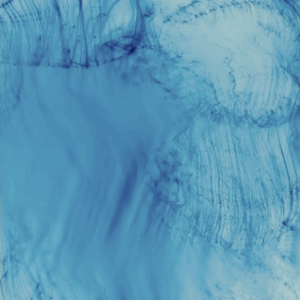JTF (just the facts): A total of 29 black and white photographs, framed in white and matted, and hung against white and grey walls in the two room gallery space. All of the works are archival pigment prints, made between 2013 and 2018. The prints are sized either 20×16/21×15 inches (in editions of 8) or 40×32/44×34 (in editions of 3). (Installation shots below.)
Comments/Context: While a number of photographers have built memorable projects by photographing people who have chosen to leave the constraints of mainstream society behind and permanently live in the wilderness, off the grid, or simply out on their own, Michael Joseph’s Lost and Found narrows down to a smaller subset who have followed a particularly nomadic and transient existence, travelling around the country hopping trains and hitching rides. Given their near constant motion and their desire to get away from wherever and whoever they once were, these are young men and women who have deliberately moved to the margins. But Joseph’s portraits reverse that personal disappearing act, paying intensely close attention to those who have heretofore been largely invisible.
In a certain way, this existence has been a feature of American life since the railroads and interstate highways first opened up the country. Contemporary Travelers (with a capital T) find their roots in the hobos, squatters, hippies, runaways, and seasonal workers of days gone by. Modern day versions of those freedom-seekers are now interwoven with others fleeing from broken and abusive homes, addictions, and less visible traumas, creating the makings of a loose community. Mike Brodie famously made Polaroids from inside this life, providing an atmospheric window into the energy and independence of endless days in motion, as well as a rich personal view into what sleeping in the back of train car or camping out in the scrubland near the tracks actually felt like.
But Joseph’s photographs go the other way, deliberately stripping out the context of the road and placing the sitters against neutral backgrounds, much the way Richard Avedon did in In the American West. Joseph’s portraits are resolutely formal, made with precision, and printed with meticulous craftsmanship, almost the conceptual opposite of the intentional freedom and lifestyle improvisation his subjects have chosen. By setting himself inside the traditions of the medium, he creates an artistic narrative of inversion – his scruffiest and most damaged sitters are seen with the kind of clarity usually reserved for the famous or the powerful. Joseph takes the position of an engaged and sensitive observer, seeing courage, tenderness, and determination where others might overlook them.
With more than two dozen portraits on view in this show, it is possible to begin to see patterns in the many disparate faces, where choices of dress, appearance, and interaction signal membership in the larger tribe. Piercings and stick-and-poke tattoos decorate faces, often with a personally significant symbol or pattern prominently draw into the skin. Long unruly hair and white-kid dreadlocks are seen again and again, as are hand sewn clothes with train patches and ripped t-shirts. Nicknames have replaced actual first and last names, each person shedding one skin and becoming someone new. The most consistent social marker is the ubiquitous bandanna, usually tied loosely around the neck, but dirt, dried blood, and bruises are never far from view either, reminding us of the real dangers and hardships that lurk off camera. What is perhaps most unexpected is just how remarkably beautiful many of these people are, given their life-on-the-road circumstances – it seems that some could just as easily have come out of a Ryan McGinley shoot. It is a testament to Joseph’s attentiveness that he has been able to see and capture the striking qualities in so many relative strangers.
These pictures ultimately draw their tension from two opposing forces that wrestle within each sitter. On one hand, there is the contagious optimism, or even romance, of turning your back on the people and things that have let you down, setting out on the road led by the powerful nothing-to-lose hope that something freer and better is out there to be found. Bill Highsail’s chest tattoo poetically captures this sentiment – it reads “Do Not Fear Death But the Inadequate Life”. But a dark reality balances these aprirational ideas – it’s hard out there on your own, with no money and nowhere to sleep, even when you latch onto a handful of fellow travelers, and trouble in many forms constantly nips at your heels, waiting for that moment when you’ve let your guard down. These people are paying a high price for their freedoms, and they seem to know it. Alister’s elaborate face tattoo reads “No Friends” – its aggressive swagger, or resigned loneliness, or both, is heartbreaking, even though he is being embraced by Sherrie. Each and every face in this series has been etched with the history of these competing forces, which is likely why they are so penetratingly engaging.
Collector’s POV: The prints in this show are priced at $3500 or $5500 each, based on size. Joseph’s work has little secondary market history, so gallery retail remains the best option for those collectors interested in following up.














